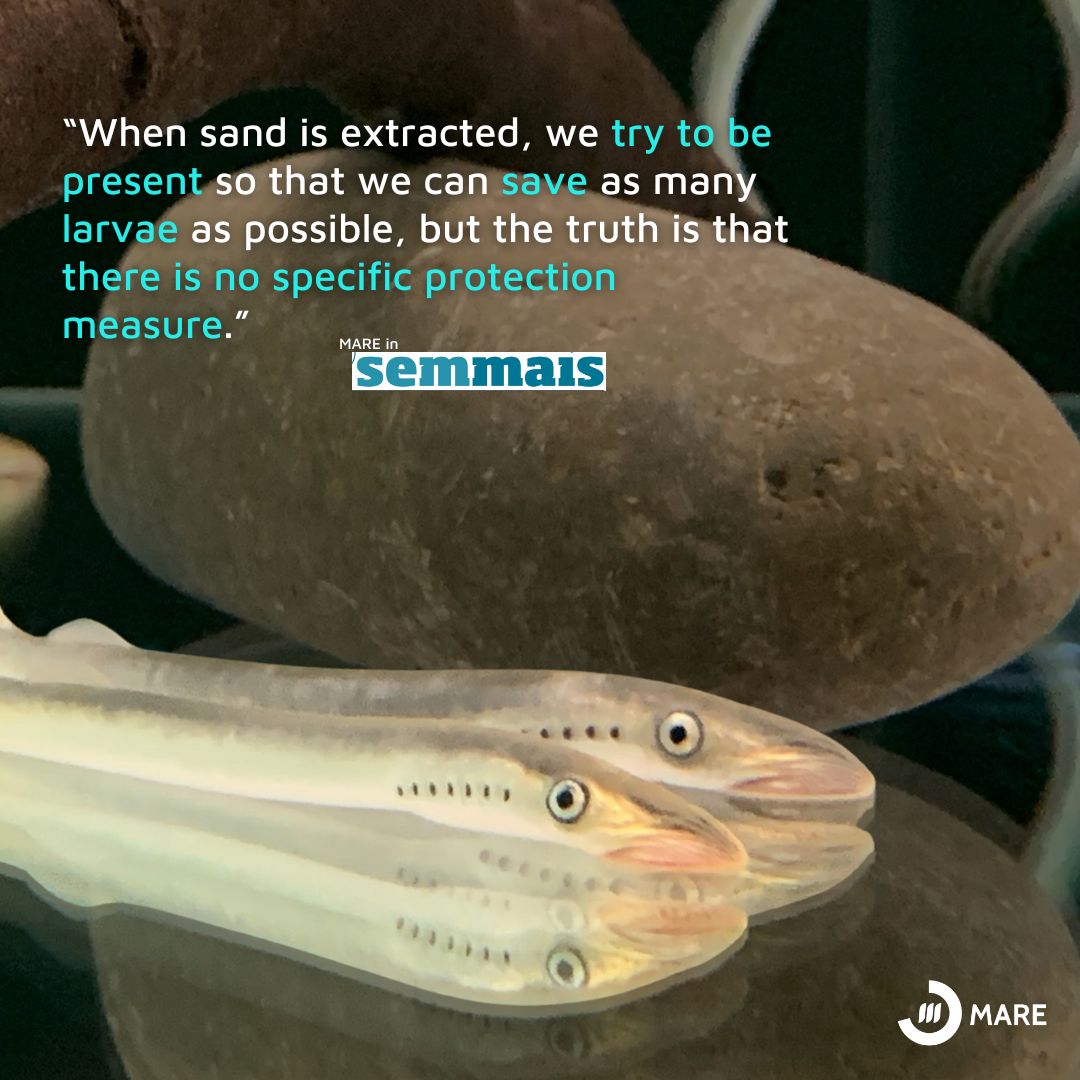Sado lamprey at risk of extinction: population fell by 40% in just over a decade
In recent months there have been several warnings from experts about the sharp decline in lamprey populations in the River Mondego. Despite the great conservation efforts that have been made locally, this is a problem that affects the entire Iberian Peninsula and is now also being felt in the River Sado. 
The Sado lamprey is a freshwater species endemic to the region and can currently be found in only two watercourses in the river basin. “Between 2009 and 2022, the Sado lamprey suffered a population decline of around 40 percent and within 100 years we estimate that 80 percent of its total population may have disappeared,” MARE researcher Catarina Mateus told Semmais journal.
When they began studying this species of lamprey, the team of researchers led by MARE director Pedro Raposo de Almeida concluded that there were 103 animals inhabiting some stretches of the Ribeira da Marateca. Smaller resident populations were later discovered in the São Martinho, Moinho and São Domingos streams.
In 2016, the species was no longer detected in São Domingos and around three years ago, when new work was carried out in the field, it had also disappeared from São Martinho. Despite this, according to Catarina Mateus, “the population remains stable in Marateca”.
Possible explanations for this decline include the loss of habitat to establish agricultural land. “Human pressure on the habitat is a determining factor,” explains the researcher. “The larvae live for a long time buried in sandy bottoms. When these are disturbed, it's clear that many of them are more likely to die. In addition to these aspects, excessive water abstraction, polluting discharges, weirs that prevent circulation, the non-regularization of water lines and climate change, which is very significant in the Sado Basin, also contribute to the decline.”
Although the causes of the high mortality of the Sado lamprey are known, no official measures have yet been implemented. “When sand is extracted, we try to be present so that we can save as many larvae as possible, but the truth is that there is no specific protection measure,” says Catarina Mateus.
To deal with the problem, the solution could be to breed lampreys in captivity. “There is no management plan in place at the moment, but studies have already been carried out and information gathered to develop the recovery plan,” concludes the researcher.
Photographs by Filipa Silva
Written by Patrícia Carvalho
